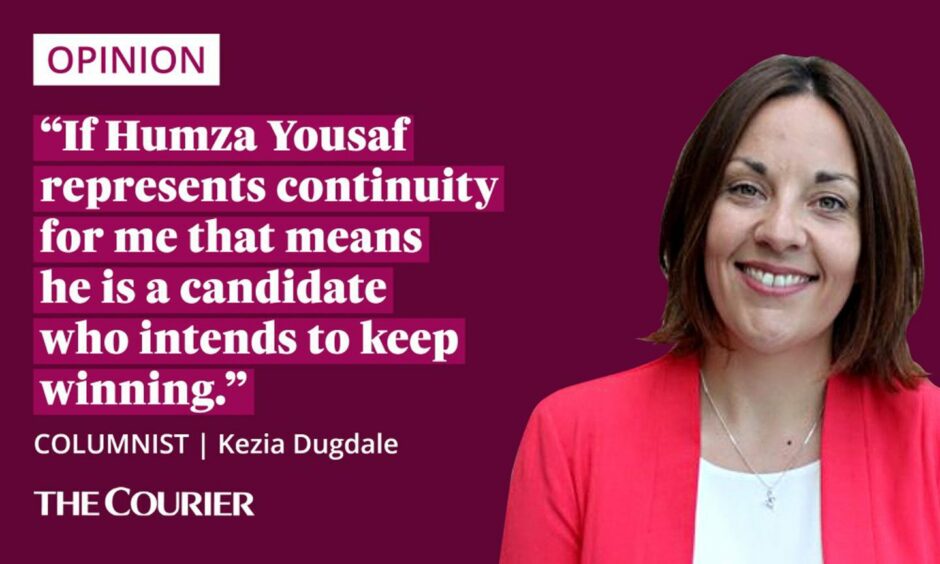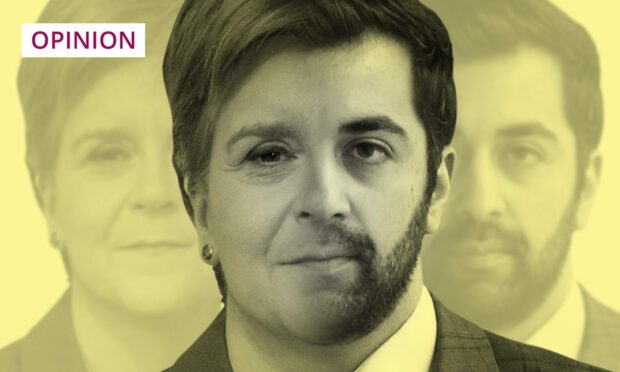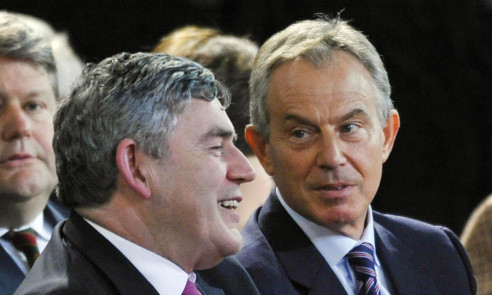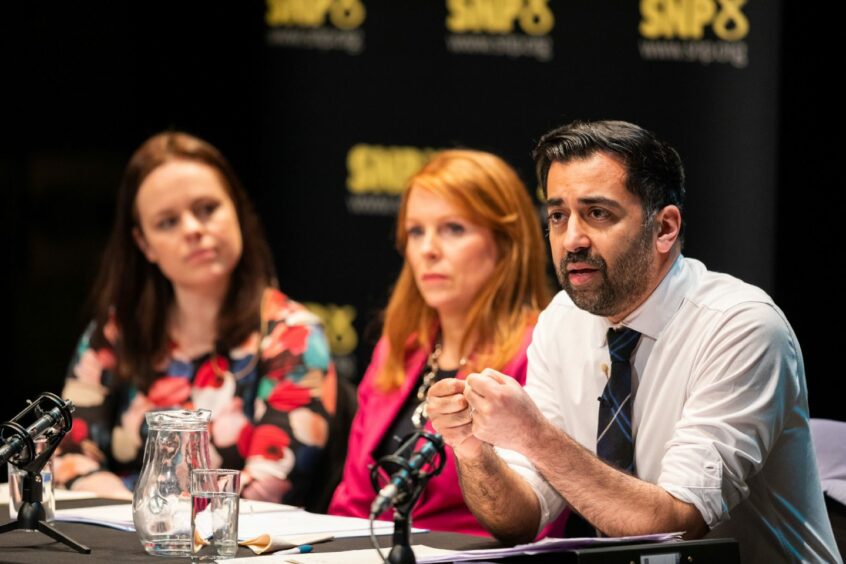Back in my early days as a Labour MSP, I found myself being stereotyped as a “Blairite”. Someone who was in Tony Blair’s wing of the Labour movement, whatever that is or was.
It’s true to say he was a huge part of the reason I joined and became active in the Labour Party.
I remembered that feeling as a teenager in 1997 when Labour’s landslide victory brought 18 years of Conservative rule to an end.
And when I finally joined in late 2003 it’s because the party he led matched my values of believing first and foremost in equality of opportunity, of using the power of the state to ensure everyone had an equal chance in life.

Other people will offer a different definition on what it meant to be a Blairite. But for me it meant winning.
Winning elections, by building as broad a base of popular support for your ideas and ideals as you can so you then have the levers of powers to bring about the change you want to see in the world.
That’s why I’m so baffled to see Humza Yousaf being dismissed as the continuity candidate in the SNP’s leadership election.
Like Blairite, “continuity” is open to different interpretations by different people.
Yet much like “Blairite”, it also means winning.
Because what the SNP have done better than anything else under Nicola Sturgeon’s leadership is win elections.
They have done it consistently and handsomely – much like Tony Blair did and often drawing from his playbook of how to do it.
Humza Yousaf is not the only candidate offering continuity
The SNP are easily the most electorally successful political party of this century.
They have won the last eight democratic elections in Scotland comprehensively.
If Humza Yousaf represents continuity for me that means he is a candidate who intends to keep winning. And to do so, as his predecessor did, by building a broad base of support from people the length and breadth of the country.
Yet his opponents use “continuity” as a criticism, pointing to his domestic record on Transport, Justice and Health.
This is a record that – apparently – now belongs solely and exclusively to him, rather than to the government both he and they were all a serving part of.
It’s not my job to offer a defence of his position. But this argument relies on the idea that his actions were singular and unrelated to, for example, the Scottish budget.
Or the Cabinet’s capacity for change.
Or his party’s desire to do some of the difficult heavy lifting of reform that is often unpopular but necessary in the short term for long term gain.
It takes a village, and they were all in it.
SNP opponents should fear a continuity candidate –
Labour and Conservatives seem positively gleeful this week as they watch the SNP tear themselves apart in the media and on live TV.
They are enjoying it in part because they know from their own experience how awful internal contests are, having endured plenty themselves during the 19 years of SNP leadership that transitioned smoothly and seamlessly from Salmond to Sturgeon.
WATCH: SNP leadership candidates Humza Yousaf and Kate Forbes attack each other's records 📺
The SNP is openly at war with itself – and the only thing the candidates have in common is their obsession with independence.
No matter who wins, Scotland loses. pic.twitter.com/Jbd0AFjNOl
— Scottish Conservatives (@ScotTories) March 8, 2023
They are also enjoying it because it does their job for them.
To see SNP politicians openly criticising their own record means they can put their feet up for a few days.
They shouldn’t rejoice too much though. Because ultimately, and regardless of who wins, it will remain the case that Scotland is divided down constitutional lines. And this, first and foremost, drives how people vote.
If the rolling average for yes is 47%, it’s 47% shared between the SNP and the Greens, giving the SNP a huge head start, while 53% of no splits three ways.
It’s the opposition parties who should be most concerned about continuity.













Conversation